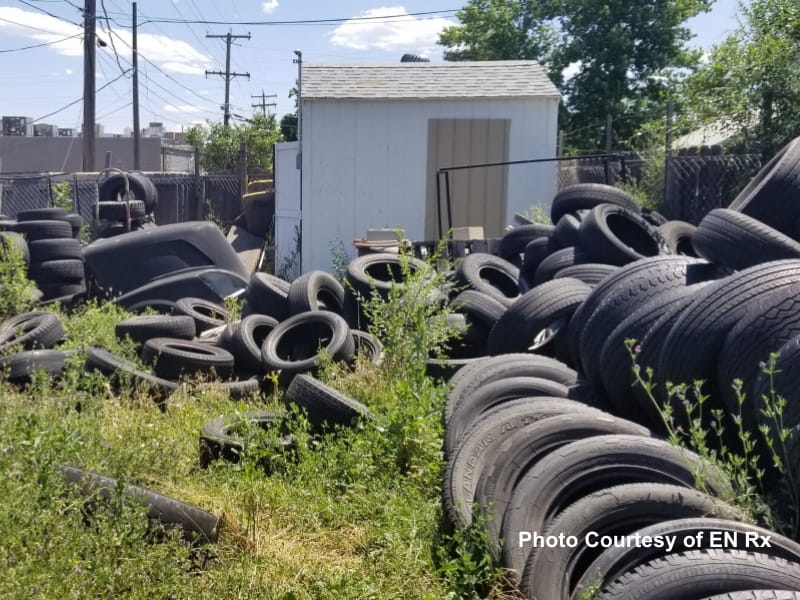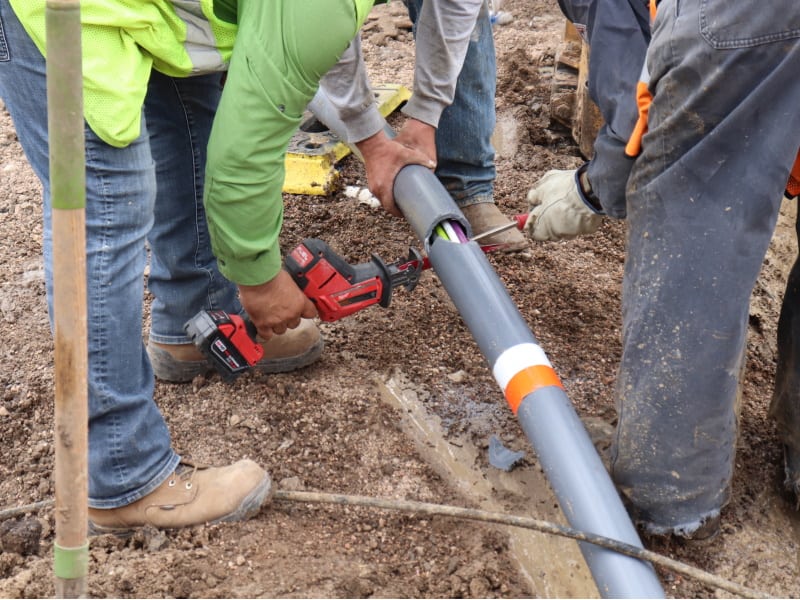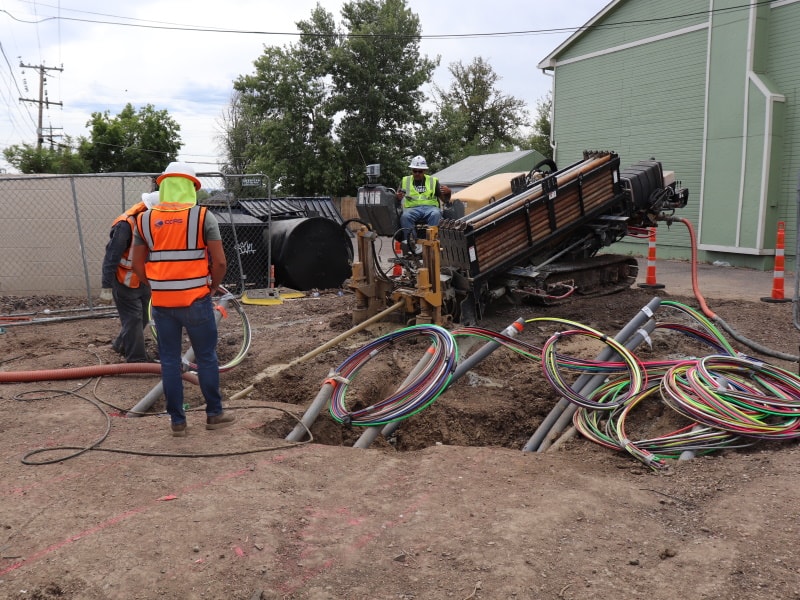Horizontal drilling allows remediation to continue while new building goes up on site
Traditional remediation techniques have done much to reduce petroleum hydrocarbon-impacted soil and groundwater at a former tire store site in the Denver area. However, with the site’s new owner wanting to pursue construction of a retail store as soon as possible, CGRS recently employed a more innovative approach to attack the plume: a horizontal chemical injection system.
CGRS’s new plan will supply a reagent that will remediate the area while not interrupting the construction and operations of a new store located directly on top of the contaminant plume, which encompasses about two-thirds of the property.
“As you can visualize, installing a 20-foot horizontal pipe in the floor of a new store and injecting chemical reagents into the ground periodically is probably the least desirable method for all parties involved,” said Matt Newcomb, CGRS Environmental Field Services Supervisor. “This means that we needed to install a system that could access horizontally rather than vertically (like traditional methods). Thus, in order to be out of the way and deliver our solution, we needed to install 200-foot horizontal wells that extend across the property from a discrete platform. Easy … right?”
While the best solution to speed up the remediation process, it definitely isn’t an easy one.
Before CGRS could proceed with the new plan, the first hurdle to implementing it was removing tires on the site. Lots of tires. Seven semi-trailer loads of them, in fact.
Call a CGRS Expert:
800.288.2657

Glen Vallance
Principal/Environmental
Services Manager
Mobile: 970.420.6840
Once the tires were gone, CGRS then had to deal with the old building and foundation, including hydraulic lifts that extended out of the ground about 10 feet. While the lifts conveniently retracted into the ground for the shop, they just presented two more obstacles to steer around and avoid while drilling. And, last but not least, the hard lithology would make it difficult to horizontally drill.
“We have since completed the install of the horizontal piping and are preparing to install our injection platform,” Newcomb said. “The plan is that once everything is set up and ready, we will continuously inject the chemical reagent into the formation. The system will be tucked away in the corner of the property and supply the reagent underneath the building while the business operates without interruption.
“And while all of this installation was happening, the general contractor is proceeding with the building demolition, grading of the site and installation of a new building,” he added.
The goal is to reduce onsite contaminant concentrations to less than Tier 2 Site Specific Target Levels (SSTLs). CGRS will begin operating the system once we complete the remediation shed, which will house the injectate metering equipment and bulk chemical, likely in mid-November.





